Among the rolling lawns and shaded paths lies a quieter story: that of South Africa’s deep-rooted traditions of plant-based healing. These aren’t your average garden-variety herbs, but centuries of indigenous knowledge passed down through generations.
As we are firmly rooted in Johannesburg and are often more in tune with the rhythms of the city than the intricacies of the natural world, we met up with horticulturalist Ingrid Mudau for a guided walk through the garden’s dedicated medicinal garden. Mudau, who is completing her Master's research on the use of indigenous plants to treat gastrointestinal issues, was the perfect guide. When we weren't marvelling at her ability to remember the scientific names of all these plants, she reminded us just how much wisdom lives in our landscape.
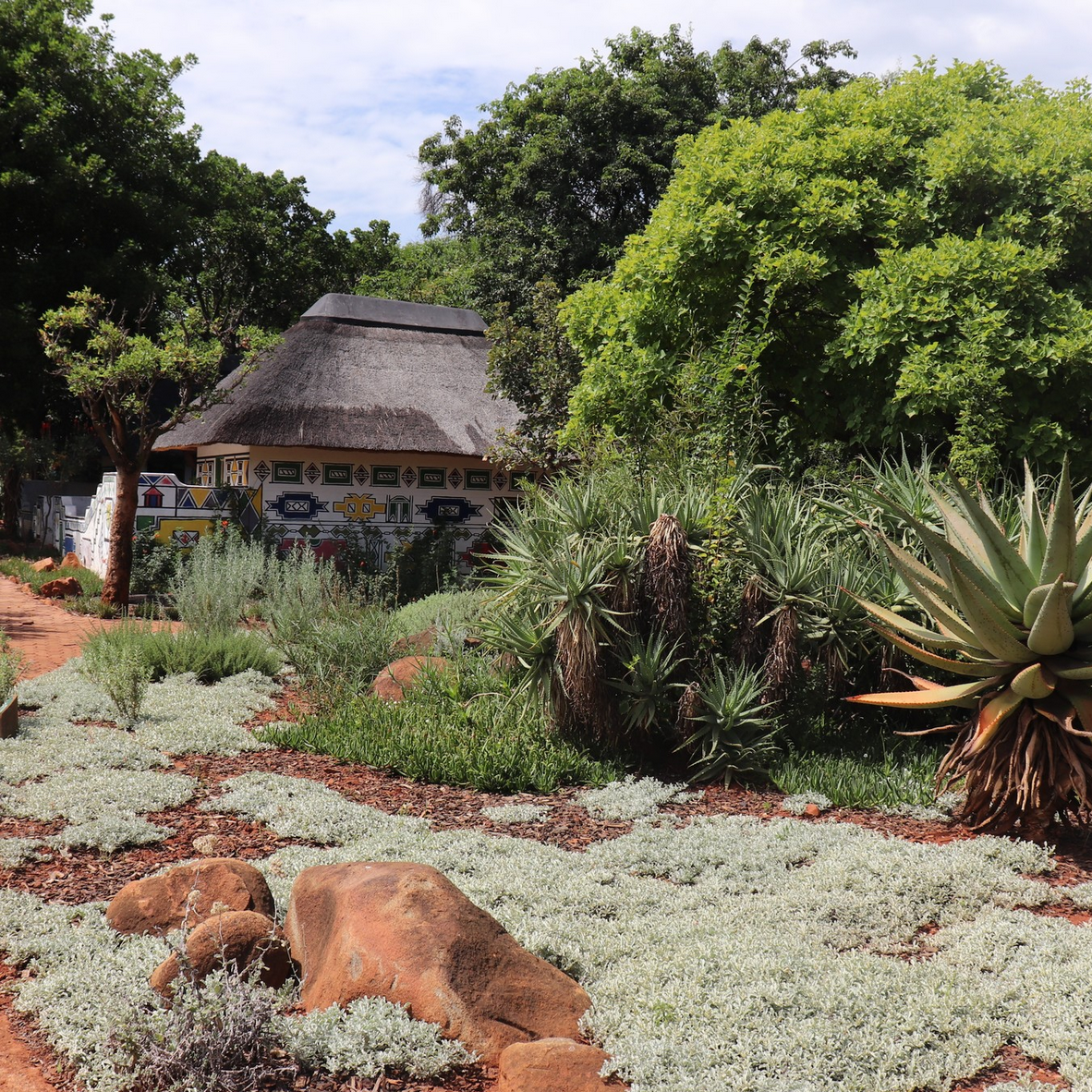
For those visiting solo, the medicinal garden is tucked behind Ndebele-painted huts and includes information boards that offer a friendly primer on these fascinating plants and their uses. A word of caution: while many of these plants are suitable and safe for home use, some are toxic if consumed incorrectly. Medicinal plants should only be used under the guidance of a trusted and knowledgeable practitioner.
But this garden isn’t just about what plants can do. While some are now used pharmacologically, they have been embedded in indigenous practices and knowledge systems for centuries. Recognising this reflects a growing appreciation of the validity and importance of alternative knowledge frameworks. It also highlights the importance of finding sustainable harvesting practices and preserving biodiversity to conserve not only these plants, but the cultural heritage they carry.
If you want to delve deeper, SANBI's botanical database makes it easy to read up on the various species you might encounter in their gardens, while an excellent and comprehensive book – South African Indigenous Garden Plants: The Gardener’s Guide – is a wonderful resource to have at home. On-site at the Pretoria National Botanical Gardens, South Africa's National Herbarium houses more than a million preserved plant specimens and corresponding research – a must-visit for serious plant lovers (by appointment only).
Below, check out some of our favourite healing plants from our visit to the garden.
Seven medicinal plants you'll find at Pretoria National Botanical Garden
1. MPHEPHO
Helichrysum odoratissimum, colloquially called mphepho or impepho, is best known for its use as smudge sticks in traditional cleansing practices. Yet, the uses of mphepho's small silvery leaves and dense clusters of yellow flowers extend far further. The leaves have potent antimicrobial properties and have been used to treat wounds and burns for generations. In addition, its heady aroma makes it a handy insect repellent – but it is also used in remembering and clarifying dreams, and is believed to help cleanse the mind when smoked or chewed.
2. AFRICAN POTATO
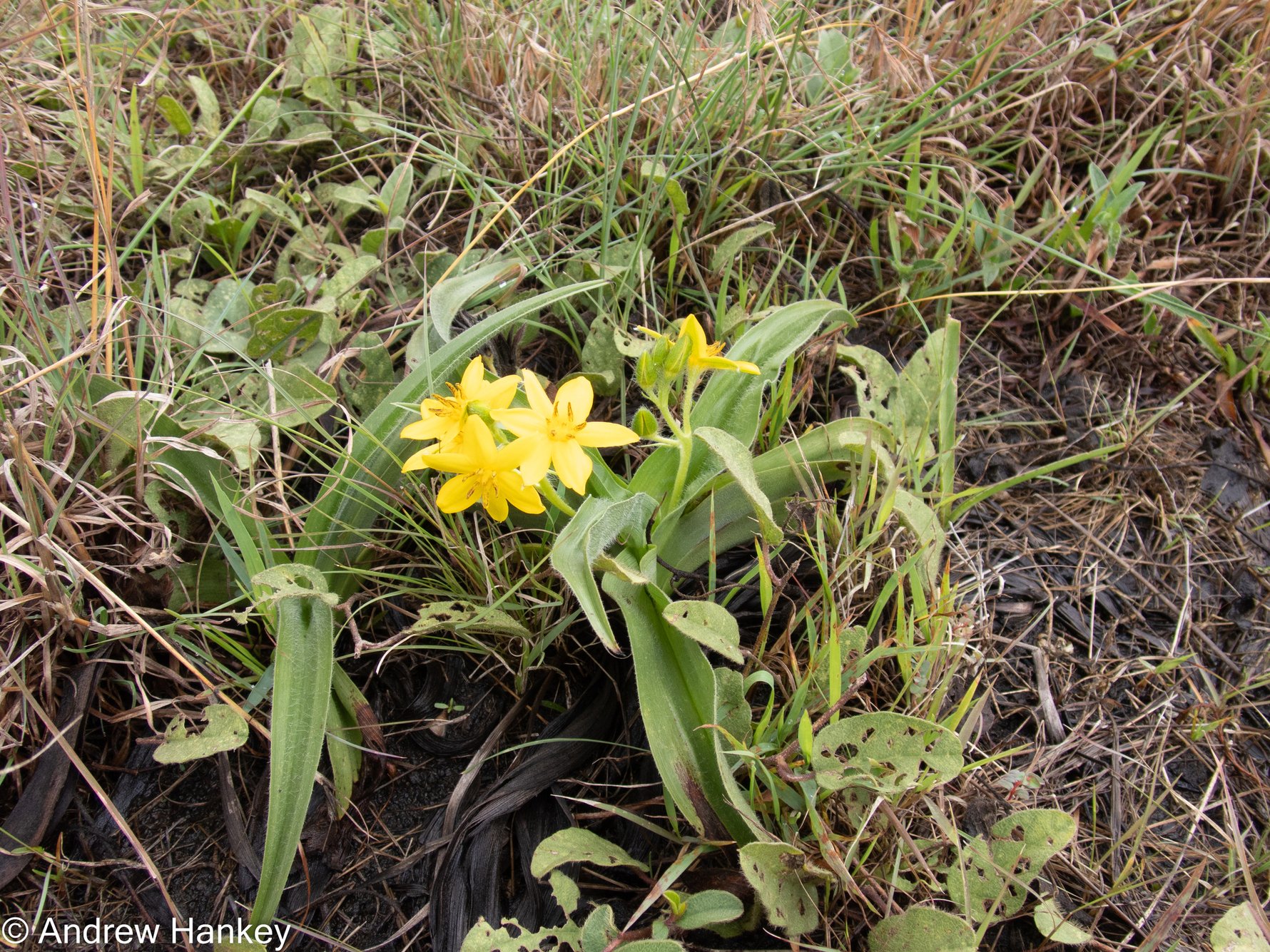
Hypoxis hemerocallidea, or African potato, also known as African stargrass, might be the most famous of South Africa's medicinal plants. Infusions and decoctions made from the root have been used for treating tuberculosis and cancer, particularly of the prostate, as well as urinary tract infections and as an immune system booster. Two of the main compounds found in hypoxis are hypoxoside and sitosterol, with the plant now also being used in the manufacture of commercial products. It should be noted here that the raw plants are toxic, and so use of the African Potato should be under the supervision of a professional.
While African potato is a bit of a wonder plant, even used to strengthen the immune system of patients with HIV, it is currently on the red list for endangered species due to habitat loss as a result of urban sprawl and over-farming by both commercial and individual practitioners. Indeed, this is an issue that many plants in South Africa are facing, and Mudau points to the importance of developing sustainable farming and harvesting practices so that these practices are able to continue.
3. PAINTBRUSH LILY
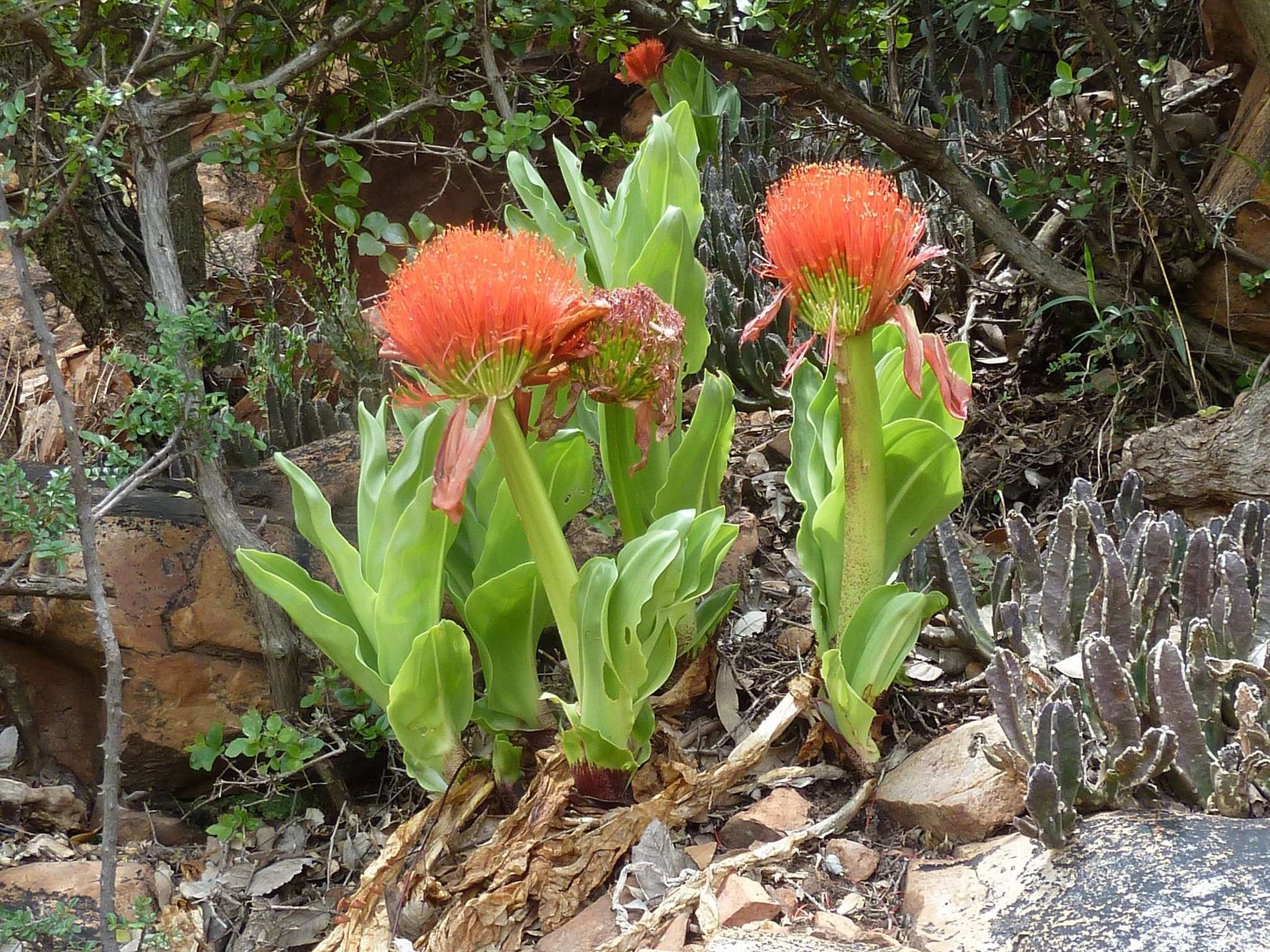
You've probably seen the bright red flowers of Scadoxus puniceus brushing the spring air, and its array of bright orange anthers has led to it affectionately being known as the paintbrush plant. Like the African potato, the bulb of Scadoxus puniceus is toxic if ingested without proper preparation, and so it's not recommended to use this without professional advice and help. Particularly useful for the treatment of gastrointestinal pains, the paintbrush lily is also used in rituals to ensure safe childbirth.
4. KANNA
The use of Sceletium tortuosum or kanna originates with the Khoikhoi and San people of South Africa, where it was used to alleviate thirst and in spiritual and social practices. Kanna's effects are multiple. It is an antimicrobial, anti-inflammatory, anti-oxidant, antidepressant, and anxiolytic with isolated alkaloids, most notable amongst these being mesembrine, which acts as a serotonin reuptake inhibitor, now being used in supplements to elevate moods and improve stress. Endemic to South Africa, kanna is particularly sensitive to environmental changes and, as a result, is increasingly hard to find growing naturally.
5. SICKLE POKER
The sickle poker, umathunga, or Kniphofia drepanophylla is instantly recognisable by its singular stem topped with yellow to orange flowers, which give it the appearance of a poker just removed from a fire. The rhizomes of the plant are commonly used in the treatment of skin ailments – particularly eczema, acne, and ringworm – while the roots are used in the treatment of tuberculosis. In a paper from 2022 by Diriba and Deresa they delve into the exact phytochemical makeup of these plants, reflecting a growing body of literature that deals with the ethnomedicinal and pharmacological properties of plants used in indigenous healing practices.
6. RABASSAM
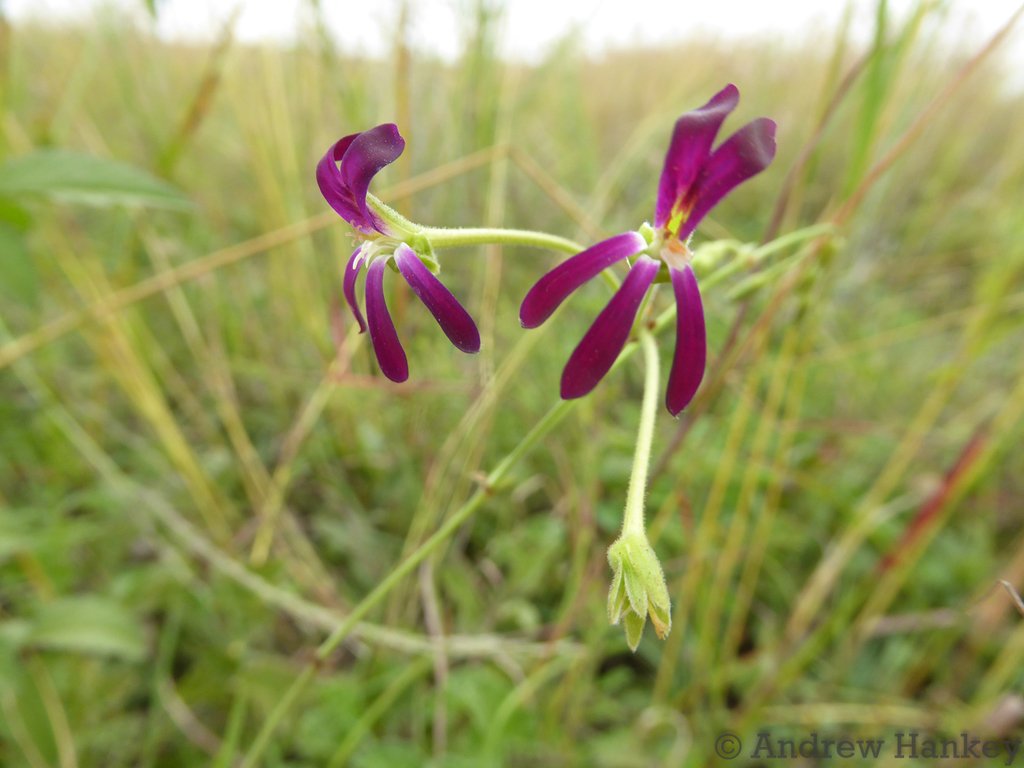
Now in use by the pharmaceutical industry, Pelargonium sidoides can be used for the treatment of sore throats and alleviating congestion. Generally prepared as a tea, rabassam has a distinct scent and, with its small purple to black flowers, it makes for an attractive pot plant too. The tubers of the plant can also be used for treating diarrhoea and other gastrointestinal ailments. As with many of the plants in the pelargonium family, rabassam can be propagated from cuttings. Once it has rooted, it will make a hardy addition to your garden.
7. UMDLEBE
Euphorbia cupularis, referred to by the common (and rather forboding) name of dead-man's tree or umdlebe in Zulu, is one of many euphorbias in South Africa which exhibit medicinal properties. The leaves are generally dried to treat colds, flu, and asthma, while the latex-like substance from the plant is used topically to disinfect wounds as well as alleviate toothache. However, one should approach using this plant with caution, as the milky sap it produces is highly toxic and can cause skin blisters as well as blindness. This may explain why it carries a foreboding reputation, with rituals being undertaken by the Nguni before it is brought into a home or garden. One tale surrounding umdlebe is that it was used by Dingane to poison King Shaka's soldiers, but this occupies the murky realm of truth and myth.
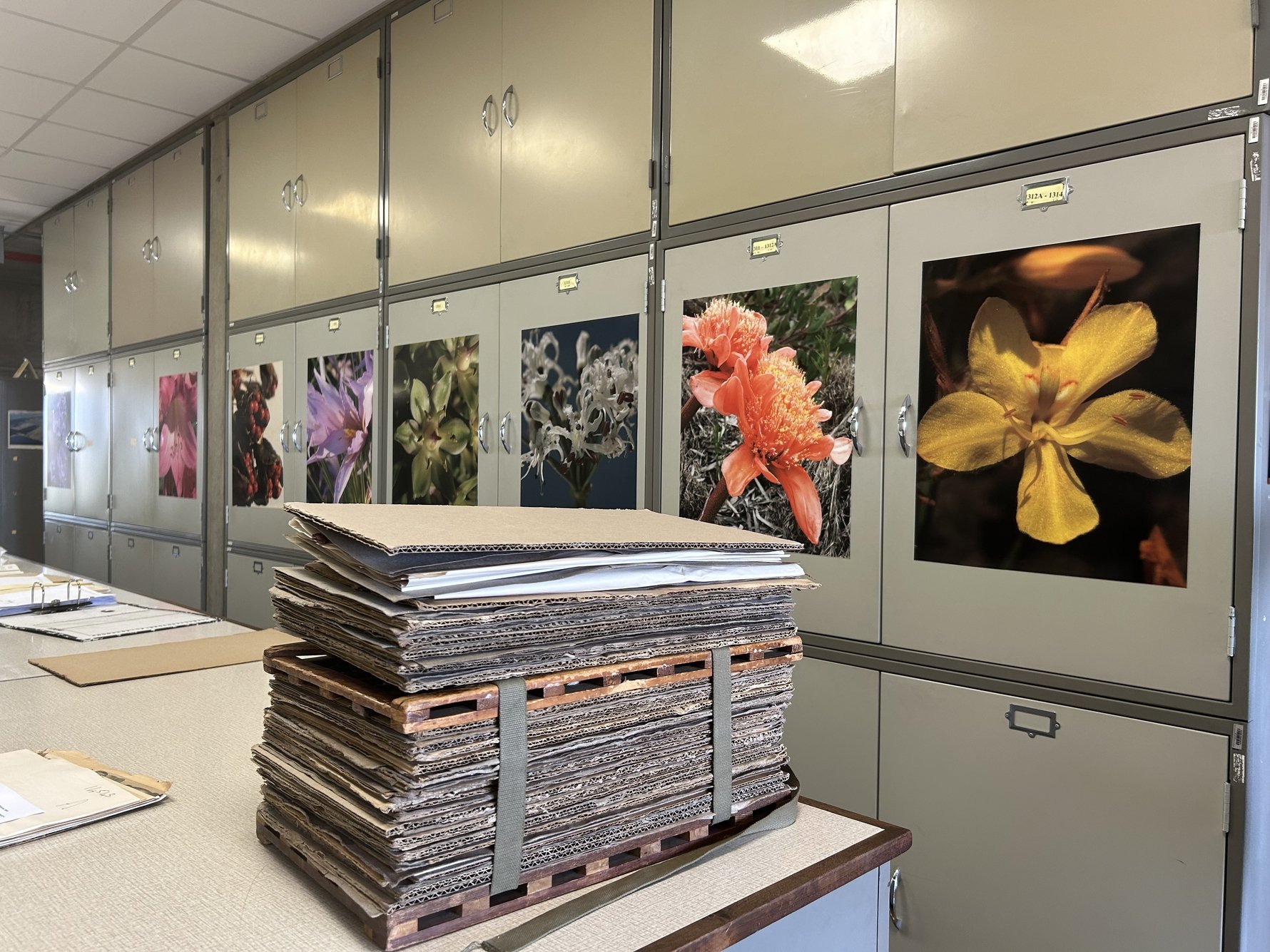
Read about our visit here. Photo: Johannesburg In Your Pocket.


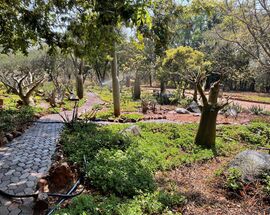
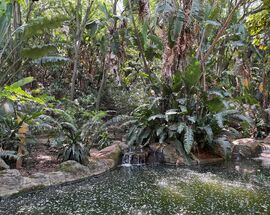



Comments